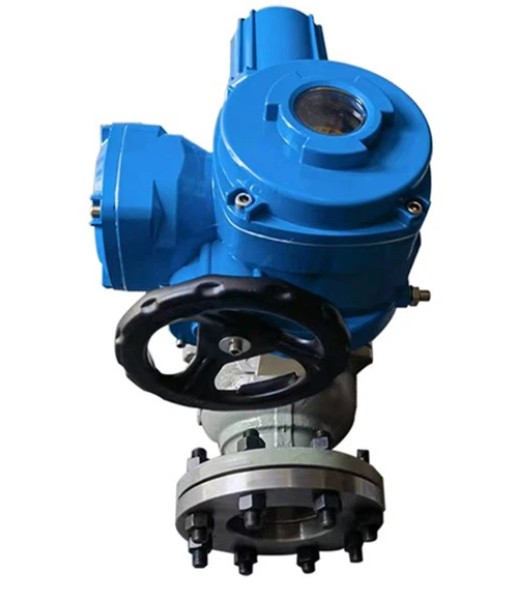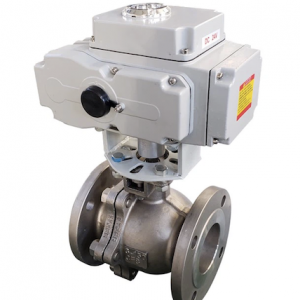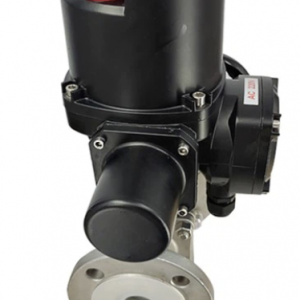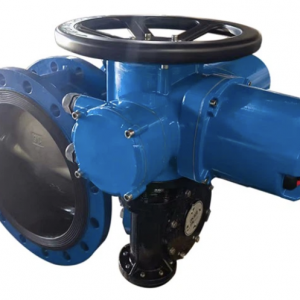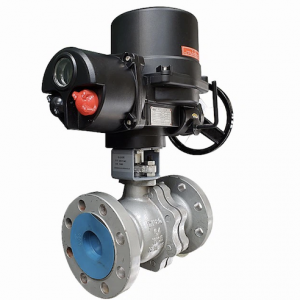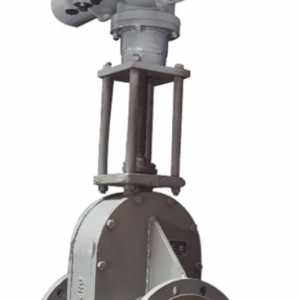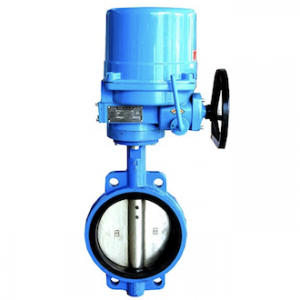Description
150LB API WCB Flange Ends Ball Valve is a sphere with a circular channel, which rotates around an axis perpendicular to the channel. The ball rotates with the valve stem to achieve the purpose of opening and closing the channel. The ball valve only needs to be rotated 90 degrees and a small rotational torque to close tightly.
Name: Electric ball valve
Control mode: On-off type
Specification: DN40-dn800
Power supply voltage: 220v, 380v
Structural features
Electric ball valve
1. Locking holes are provided at the fully open and fully closed positions of the valve to prevent misoperation by non-staff members.
2. A step is provided at the bottom of the valve stem to prevent the valve stem from being dislodged due to abnormal increase in the internal pressure of the valve.
3. A fire-resistant sealing ring is provided between the ball and the valve seat, and the valve seat still has a sealing effect after being burned.
4. Rapid switching, flexible opening and closing, long service life, safe and reliable.
5. The electric ball valve can be centrally controlled from a long distance and can meet the needs of computer program control.
The electric ball valve actuator is an indispensable driving control device for realizing the program control, automatic control and remote control of the electric ball valve. Its movement process is controlled by stroke, torque, etc. Since the working characteristics and utilization rate of the electric ball valve actuator depend on the type and characteristics of the ball valve, the correct selection of the ball valve actuator is crucial to prevent overload.
The actuator output torque is the most important parameter for selecting electric actuators. The actuator output torque should be 1.2~1.5 times the maximum operating torque of the selected ball valve. Secondly, according to the different use conditions of the ball valve, the appropriate opening and closing speed should be selected to prevent the ball valve actuator from opening and closing too fast to cause water hammer.
Electric ball valve actuators have special requirements, that is, they must be able to limit torque (axial force) and rotation angle. When the specifications of the electric device are determined, its control torque is also determined. Generally, the motor will not be overloaded when running within a predetermined time. However, overload may occur in the following situations: First, the power supply voltage is low, and the required torque cannot be obtained, causing the motor to stop rotating; second, the torque limit mechanism is incorrectly adjusted to be greater than the stop torque, resulting in continuous excessive torque, causing the motor to stop rotating; third, intermittent use, the heat generated accumulates, exceeding the allowable temperature rise value of the motor; fourth, the torque limit mechanism circuit fails for some reason, causing the torque to be too large; fifth, the ambient temperature is too high, which relatively reduces the thermal capacity of the motor.
